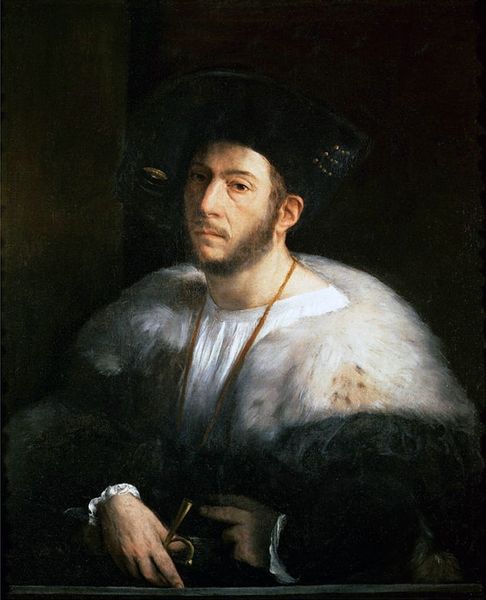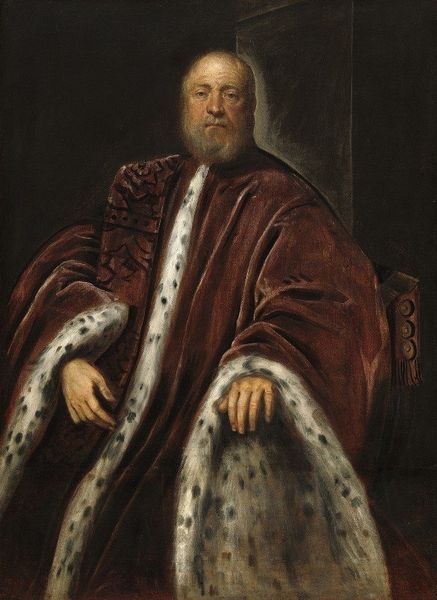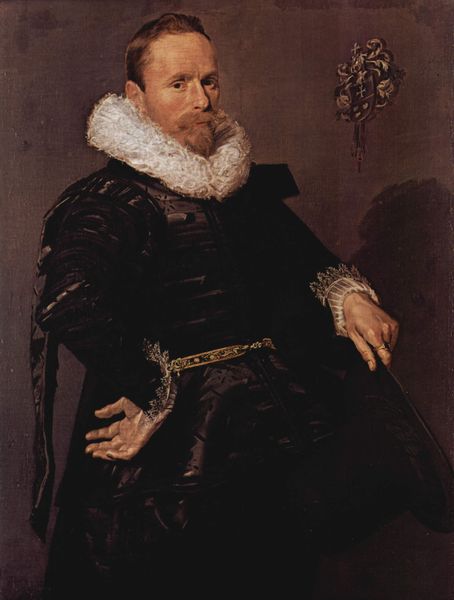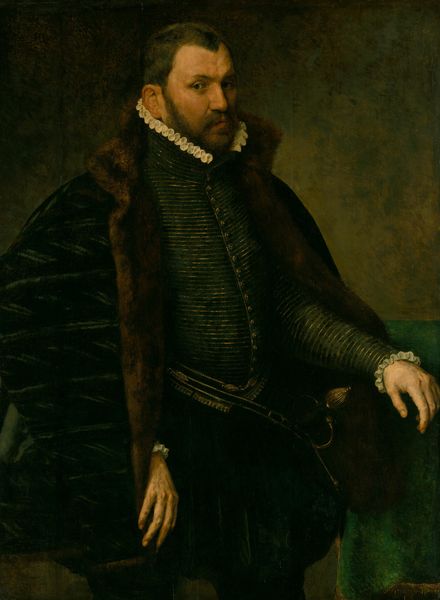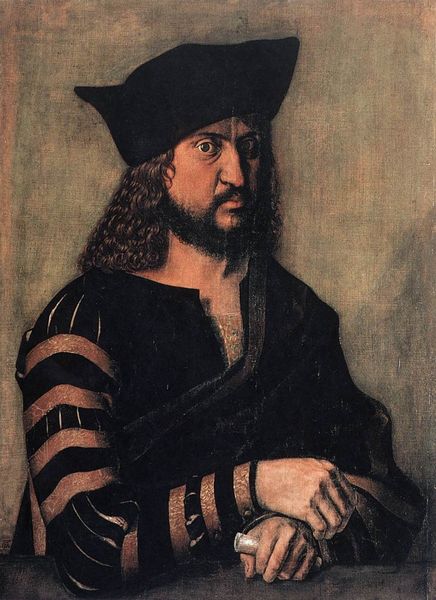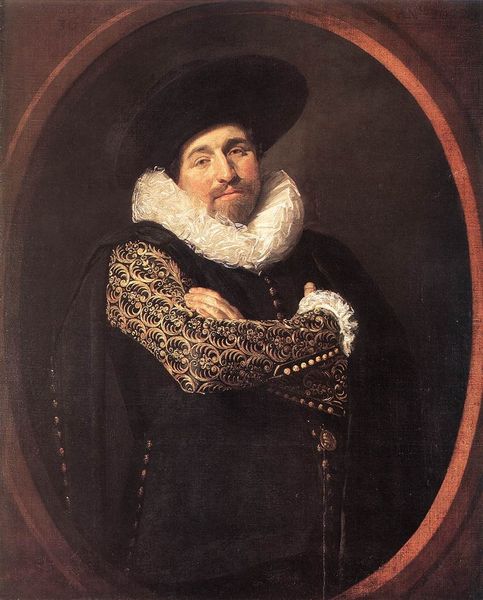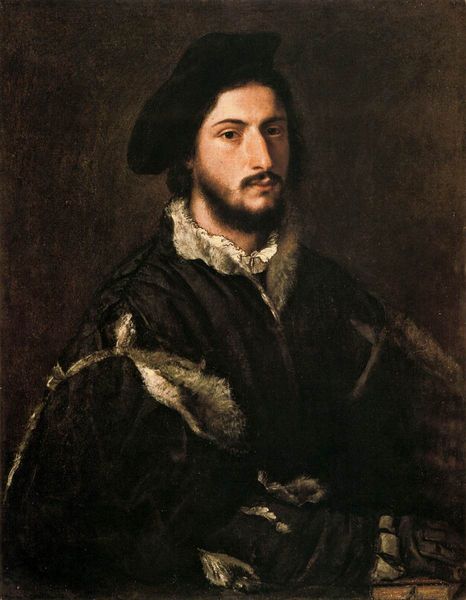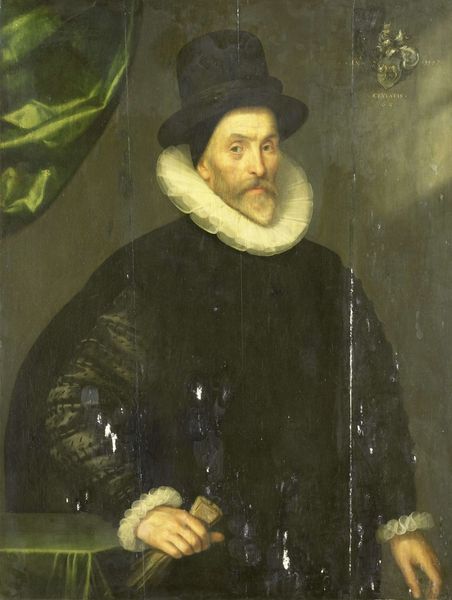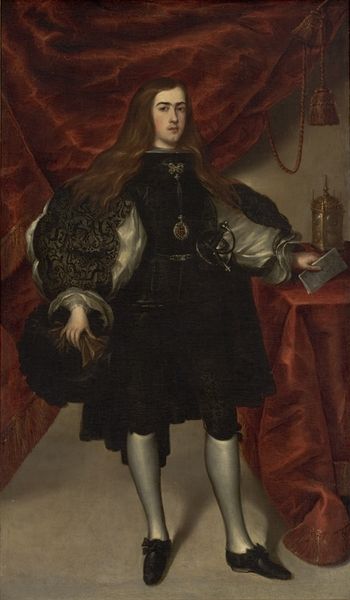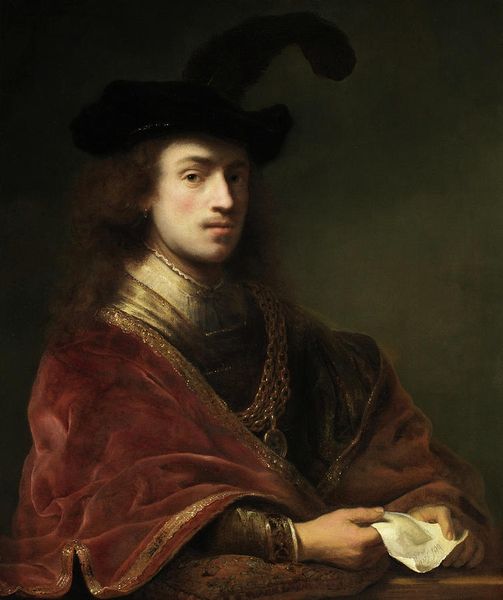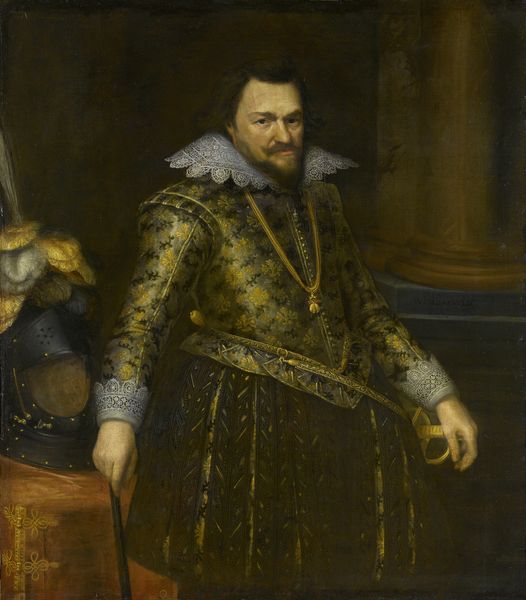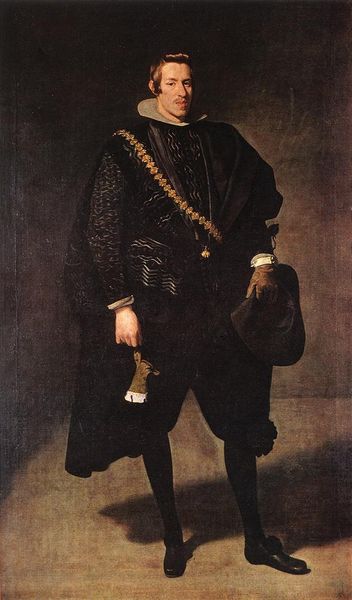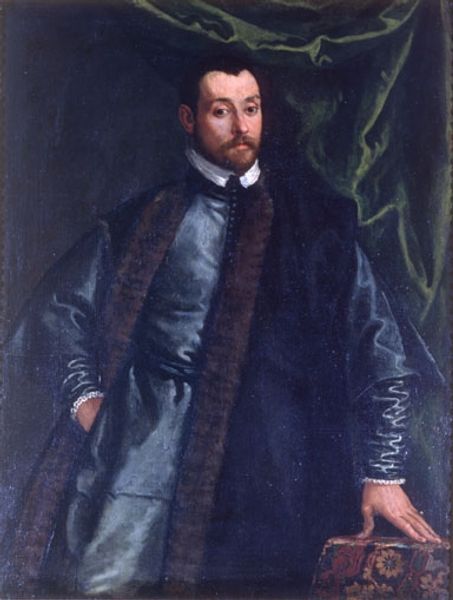
#
portrait
#
portrait reference
#
neo expressionist
#
male-portraits
#
portrait head and shoulder
#
animal portrait
#
animal drawing portrait
#
portrait drawing
#
facial portrait
#
lady
#
portrait art
#
fine art portrait
#
digital portrait
Dimensions: 120 x 102 cm
Copyright: Public domain
Curator: Paolo Veronese's "Portrait of a Young Man Wearing Lynx Fur," painted in 1553, presents us with a compelling figure set against a fascinating backdrop. What's your initial reaction to it? Editor: My eye is drawn immediately to the fur. The speckled pattern holds power—it is an ostentatious marker of wealth and privilege, a cultural signal almost as old as civilization itself. Curator: Absolutely. The lynx fur is definitely central, but it also tells us a lot about societal power structures. The fur trade in 16th century Europe was deeply implicated in colonial exploitation, a stark reminder of the intersectionality between fashion and injustice. We need to read this luxurious garment within its historical context. Editor: I agree, that texture is critical to understanding this painting's original purpose. And that exterior background peeking out feels deliberately artificial as if he wants to remind us of something more... Perhaps his power extends beyond mere ownership of goods, but also ownership of the land. I also wonder what symbolism is embedded within the specific architecture and weather showcased in that background. Curator: I am interested that you point out this theatrical quality, it underscores an interesting tension here. This idealized version of masculinity seems at odds with what we understand about the ecological devastation fueled by consumer desire at the time. Can we separate the aesthetic allure of the portrait from its complicity within historical systems of oppression? Editor: These conflicting levels between superficial splendor, symbolic clues and blatant classism make me wonder what message the artist hoped to convey—was it just celebratory, or something more contemplative on wealth? Or were these secondary themes simply ignored as style for this audience? Curator: Those tensions are, perhaps, irresolvable. By engaging directly with historical materialism and decolonial frameworks, however, we equip ourselves to better analyze and dismantle structures that continue perpetuating power imbalance in our societies today. Editor: The enduring symbolism of the fur is quite powerful and it's striking how relevant its themes are. I appreciate its contribution as an invitation into these deep reflections—thank you for shedding this perspective on the symbolic values presented within.
Comments
No comments
Be the first to comment and join the conversation on the ultimate creative platform.
